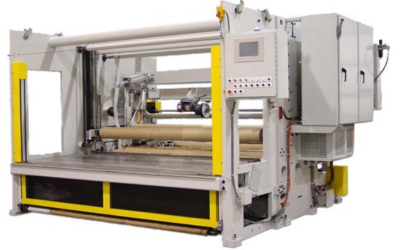
It is important for manufacturers to select the correct surface winding equipment for their operating process in the nonwovens industry. There are many key considerations decision-makers should keep in mind when choosing this machinery, which are explored in depth throughout this article.
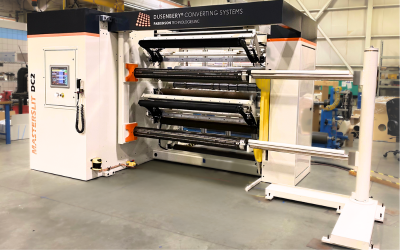
Choosing which slitter rewinder to purchase for your business is a critical decision that impacts every other part of your production line as well as overall profitability. When making this decision, there are certain considerations to take into account which cannot be overlooked.
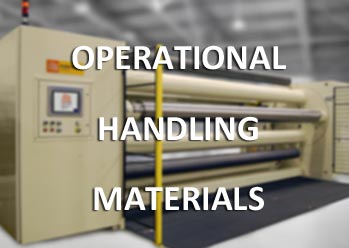
You’ve chosen a manufacturer for your new web handling equipment, and you’re eager to get started with the process. But, before you move forward, there’s one important part of the project that cannot be overlooked: communicating exactly how your machine will be used, and your expectations of its performance.
There are three types of specifications your machine builder must know before they can accurately build a custom-engineered or even a standard machine:

Automatic, ribbon-style continuous belt screen changers used in plastics extrusion require long filter belts that pass through the filter chamber. These belts are made up of high-tensile, stainless steel wire woven into a mesh. While it may be tempting to use lower-priced, plain-weave wire cloth filters, the reality is that these lack strength and can fail over time. The better bet? Consider using a reverse Dutch twill weave (RDW) filter belt, which is specially engineered to provide added strength and durability required for continuous belt screen changer operation.
What Exactly is RDW?
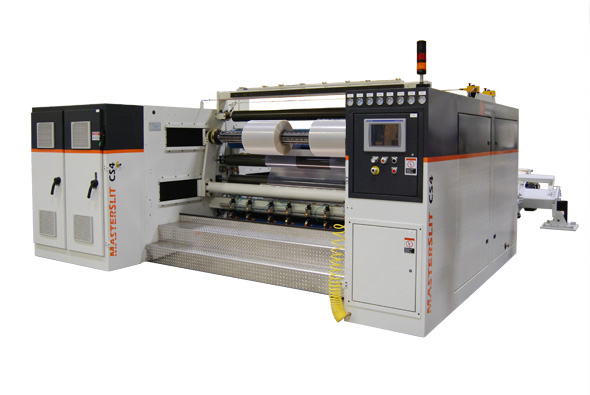
When faced with the decision of what slitter rewinder to consider to process the growing variety of materials used today, the center surface slitter rewinder is the go-to choice.

We frequently justify the screen roll cost against the standard square mesh filter packs used in slide plate machines. When a roll of screen can cost $1,000 or more depending on the size, it inevitably attracts the attention of purchasing departments. But when you break down the screen cost as a function of the pounds of product processed through the filter, it becomes clear that screen cost is insignificant.

Modern slitter rewinders have come a long way since the early days of converting. Though they perform the same function, the options offered in today’s slitter rewinders make operating these machines easier and faster. These options solve problems that have frustrated operators and assist in producing top quality finished rolls.
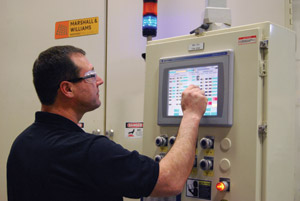
In the first installment of this article, we reviewed how the material cost savings realized by running trials on a pilot scale line vs. production line can more than offset the expense of using an external facility like our Biax Lab. Beyond that, however, conducting trials on a dedicated external pilot line can provide additional advantages that improve the chances of successfully running an R&D project to completion.

In the development cycle for new film and sheet products, there comes a point where production processes need to be explored, samples need to be manufactured for properties testing and market development, and refinements in formulation need to be perfected. Researchers typically have one of two choices to accomplish this; schedule time on a production asset to run the experiments or run on a dedicated pilot line, whether company owned or independent.
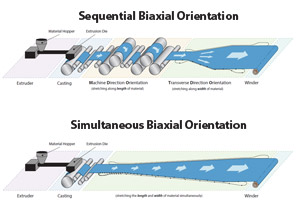
When it comes to producing biaxially oriented films, most are familiar with the well-proven sequential stretching method, which is used in the production of the vast majority of biaxially oriented film and sheet products. However, there is another, less common technique that’s ideal for certain plastic film and sheet applications, particularly if the material does not tolerate sequential stretching in separate steps or must have exceptional optical properties.
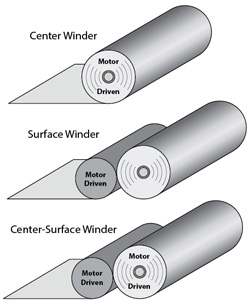
Selecting the right winder for your web production line is essential to consistently producing high-quality rolls that are free of defects. But when it comes to choosing the best machine for the job, what do you need to consider?
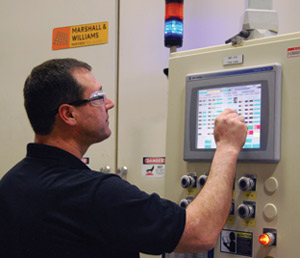
At its main facility in Woonsocket, Rhode Island, Parkinson Technologies maintains a versatile pilot line with extrusion-casting & orientation capabilities, which we refer to as the pilot lab (also known as the BIAX Lab). If you've never done a trial in our lab before, there are a few things you should know in order to be prepared for a successful run.
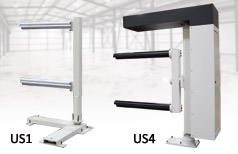
Slitter rewinders have one goal: to achieve high-quality finished rolls as quickly and as safely as possible. No matter what the material is, every facility wants to achieve the optimum output level without sacrificing the finished product quality. An adequate roll handling system is needed to achieve the desired level of productivity and quality.

As the name implies, a web accumulator is a machine built for one primary function, to accumulate and temporarily store material fed from or into a continuous process to a machine or operation that must be momentarily stopped or run slower than its processing line speed.

There are many options when it comes to your melt filtration system. Investing in the right screen changer for your process can mean the difference between saving time and material, and wasting those resources. This will affect your profits over the life of your extrusion line.
If you’re running a discontinuous screen changer, it might be time to upgrade.
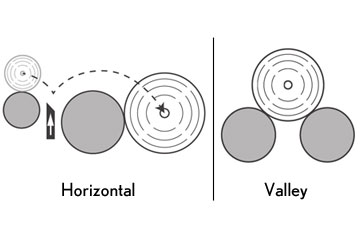
In earlier blog posts, we compared center winders to surface winders and explained the fundamental differences between these two winding methods. In this article, we will focus on surface winding and compare two distinct surface winder configurations and the strengths and weaknesses of each type.
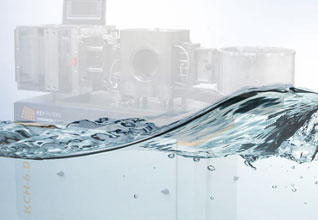
In a previous article “Not all Continuous Belt Screen Changers are Created Equal” I talked about the distinctions between the two basic methods of advancing the screen in a continuous belt screen changer – using melt pressure of the polymer being processed vs. an external mechanical force. Though we believe the benefits of using the mechanical method like the one used in our Key Filters brand of KCH screen changers make it a superior choice for melt filtration, regardless of the solution you are using there is a common requirement for reliable operation: the need for a steady supply of clean cooling water.
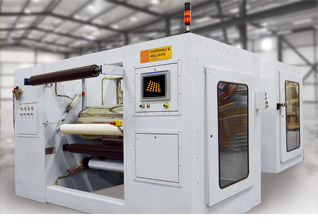
While any given MDO may appear to be a simple arrangement of heated, driven rollers, determining the optimal MDO configuration for a specific application and capacity is where the real challenge lies.
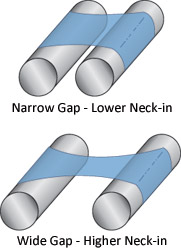
In our previous articles on Machine Direction Orienters (MDOs), we reviewed key process parameters and examined how their impact on stretching conditions would affect the selection of machine configuration for various applications. One aspect of the stretching process that we haven’t yet addressed is how the stretch ratio relates to dimensional changes in the oriented web.
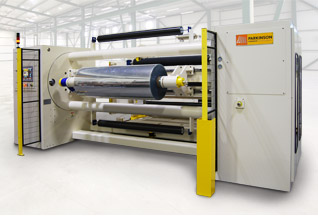
Maintaining the proper web tension at the unwind is critical to the success of a web process. In most situations, two components work together to achieve and maintain the desired tension. Previously we discussed one of these components, the braking system, which applies torque in proportion to the desired web tension. We will now focus our attention on the control system, which provides the required signals to the braking system to regulate the web tension. Control systems are open loop or closed loop and various configurations of each of these exist.
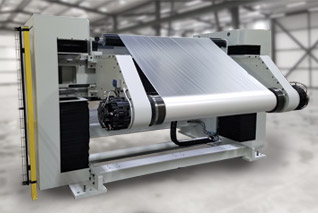
Many web processing applications need a way to unwind web material into a subsequent operation. Whether used inline in an extrusion laminating process or offline in a slitting and rewinding operation, an unwind stand must deliver the material into the process while maintaining the proper web tension to ensure reliable web transport. It’s the tension control requirements that can complicate the simple act of unwinding the material.
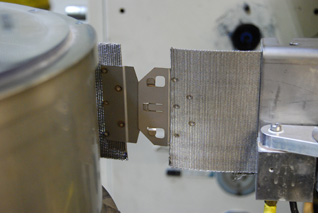
In last three articles of the “Factors When Choosing Screen” series we described the three types of weave pattern, an explanation on the importance of mesh size, and how the quality of the screen plays a critical role. In this last installment we’ll look at a value-added feature that any good quality screen should offer.
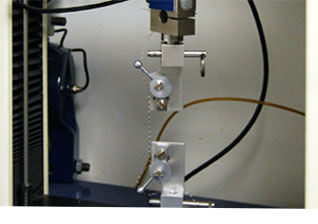
In the last two installments of this series, we reviewed the different weave patterns in reverse Dutch twill weave (RDW) screen and the important factors to consider when selecting the correct mesh size for your application. Now the discussion will turn to the importance of quality screen construction and how skimping on higher grade screen can cost you in the long run.
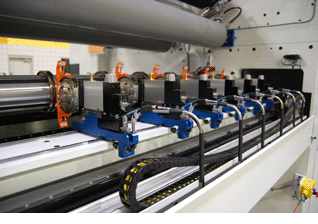
Knife positioning accuracy for an automatic system will provide more consistency from run to run and minimize the chance for operator error. This will result in fewer mistakes, less wasted material, and improved customer satisfaction (fewer returns/claims), all of which will have a positive impact on profitability.
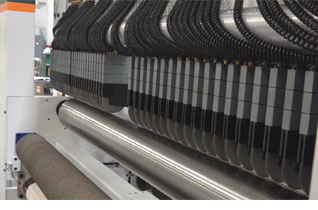
If you are seeking ways to improve productivity of your slitting operation, one way is to consider automating your knife positioning process.There are a variety of ways to accomplish this, and each approach differs in its cost and level of complexity.However, when understanding the added benefits of improved knife placement accuracy, faster changeover times, and improved operator safety, the costs are, in most cases, easily justified.
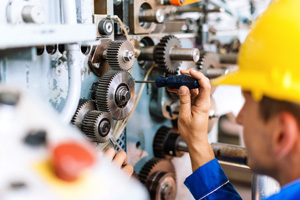
In a previous preventive maintenance article, we discussed back-up batteries and how replacing them will save time and money, and ultimately a lot of headache. However, the battery isn’t the only part of a machine that can be overlooked. Here is a list of other items that should be inspected.
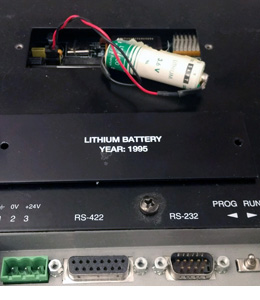
Your workhorse machine has given you decades of service due to your diligent maintenance practices and emphasis on safe and careful operation over the years. Overlooking one small and easily missed reminder can stop you dead in your tracks and result in costly downtime and service visits. This inexpensive component (usually less than $20.00) can save your organization a lot of grief if it is an included item in your preventive maintenance regimen.

In a previous article we discussed the RDW weave patterns and how the screen will behave differently depending on the weave pattern design. This is an important factor to assure consistent flow of the melt polymer through the continuous belt screen changer. However, it’s not the only factor. The mesh size also plays a crucial role in assuring consistency of the melt.
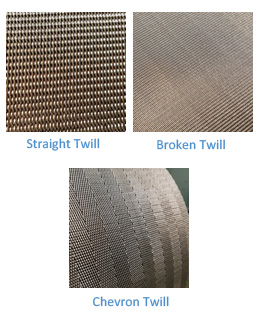
In one of Parkinson Technologies’ previous articles, we discussed the use of reverse Dutch twill weave (RDW) filter belts used in ribbon-style continuous belt screen changers. We discussed the four basic types, how they differ, and how they evolved into the RDW style which offers the combination of strength and durability required for continuous belt screen changers. However, there are other factors to consider when choosing screen. The RDW weave pattern is one of them.
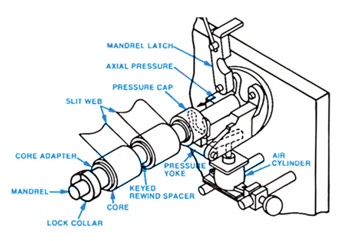
There is often some confusion as to what type of rewinding method is appropriate for certain slitter rewinder applications. To shed some light on the topic, we’ve put together a quick overview on the differential versus locked-core method below.
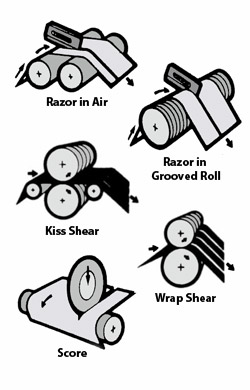
Slitter rewinder machines use three types of slitting methods to cut material: razor blade, shear cut, and score cut. The most appropriate slitting technique to use depends on a variety of factors, such as the type and thickness of the materials being processed. With well over a century of combined manufacturing expertise in Dusenbery converting systems, we've gained valuable insight into the use of slitter rewinders. This article is based on our hands-on experience and explains, on a very basic level, which slitting methods are suitable for various applications.
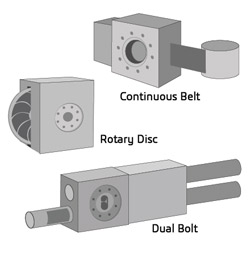
Are you familiar with the term “continuous screen changer,” but not exactly sure what it is? A continuous screen changer is a machine that filters out impurities in the polymer extrusion process—without interrupting the process when a dirty screen needs to be changed. It’s used in melt filtration processes where debris can clog up screens in a very short time and process disruptions are costly. Markets and extrusion processes that employ continuous screen changers include pipe and profile, film and sheet, compounding, resin production, blow molding, nonwovens, and specialty material.